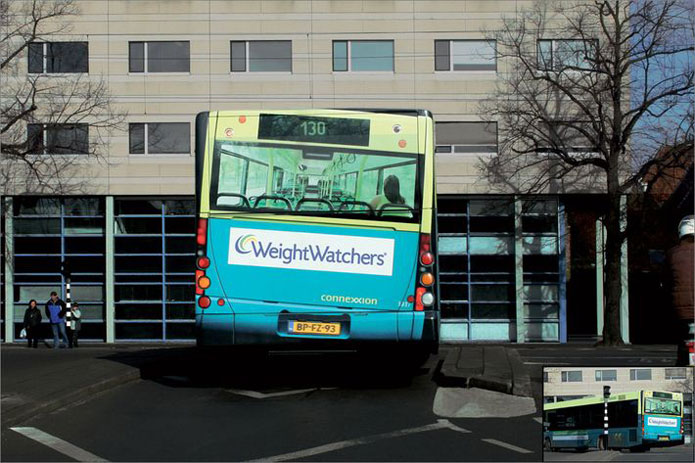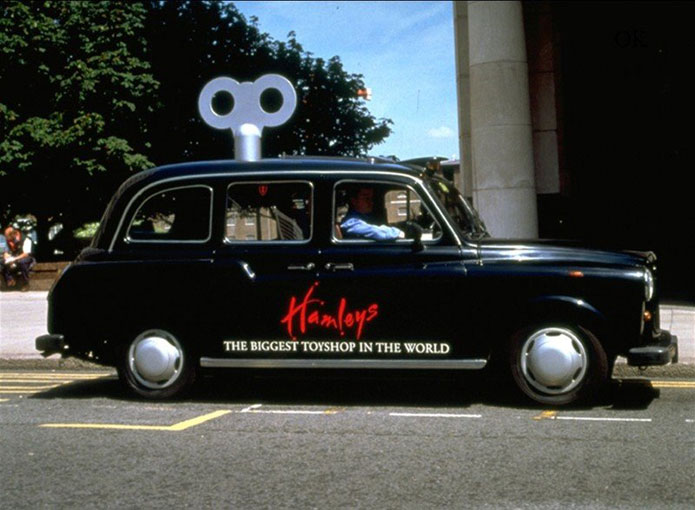Insight
Despite 30 years of major sponsorships, McDonald’s is still not perceived to be an entirely ‘appropriate’ sponsor of the FIFA World Cup. The brand had to find a positioning which stayed true to the brand with its core values of fun and entertainment, but also brought its global sponsorship of the FIFA World Cup 2014, to life.
Unfortunately for McDonald’s, lacking appropriateness during the most cluttered time for brands, also meant simple
association with the event was a challenge. It was spending millions of dollars sponsoring events which people did not know it sponsored, or why it sponsored them. McDonald’s had to find a way to compete with the daily communication from the sponsors who were viewed as being ‘appropriate’, in a credible and fun way.
 To do this, McDonald’s had to move away from talking about “Passion” or “The Fans”, and find its own space in sport. The final hurdle was to drive footfall to McDonald’s during the tournament period. To meet this challenge, McDonald’s changed its Fry Boxes Globally, for the first time. It created 12 country designs from famous designers across the world. It was OMD’s challenge to hero these new designs and ensure they would make an impact outside of the restaurant, whilst also making them appealing enough to get people to visit the restaurant.
To do this, McDonald’s had to move away from talking about “Passion” or “The Fans”, and find its own space in sport. The final hurdle was to drive footfall to McDonald’s during the tournament period. To meet this challenge, McDonald’s changed its Fry Boxes Globally, for the first time. It created 12 country designs from famous designers across the world. It was OMD’s challenge to hero these new designs and ensure they would make an impact outside of the restaurant, whilst also making them appealing enough to get people to visit the restaurant.
In short, OMD had to create content which credibly associated McDonald’s with the FIFA World Cup before the tournament and redefine its sports sponsorship positioning… whilst selling products globally.
Strategy
To improve McDonald’s perceived appropriateness it had to become more relevant to sports fans. However, this couldn’t be done with a traditional McDonald’s campaign: research from previous tournaments showed that talking about McDonald’s World Cup association generically did not cut through the clutter. The brand had to associate itself with the most relevant World Cup moments at the most relevant time: ‘authentic in real-time’ became McDonald’s new FIFA strategy.
OMD created FryFutbol. In the lead-up to the tournament McDonald’s would recreate famous World Cup moments and 2014 plays using their famous fries. The strategy needed to be flexible and quick enough to make an impact every day, with scale; however, the relevance of a sporting moment differs by country, so this flexible strategy ensured the agency could create neutral content when necessary, speak to its audience in a locally relevant tone and up-weight media activity based on each country’s view of the moment.
A team was available 24/7 to create high quality content throughout the tournament that was, crucially, exclusively ownable by McDonald’s. Pre-tournament videos were created after extensive research into the three most iconic moments relevant across every European market and it launched heavily with these moments just as excitement for the World Cup reached fever pitch.
 McDonald’s also needed to be in people’s News Feed the day after a match as they were catching up on the action and commentary, otherwise the relevance of the content would diminish rapidly. It was this dynamic, fun strategy which would readdress McDonald’s association with the World Cup.
McDonald’s also needed to be in people’s News Feed the day after a match as they were catching up on the action and commentary, otherwise the relevance of the content would diminish rapidly. It was this dynamic, fun strategy which would readdress McDonald’s association with the World Cup.
The content also drove people in-store by allowing them to interact with football content in restaurants – it provided them with something fun to do so that they wouldn’t want to leave and thought of McDonald’s as a great place to be during the World Cup.
Execution
FryFutbol recreated iconic moments in the build up to the World Cup and then recreated the major moments of every day’s play during the World Cup, all in an entertaining Fry World.
In all, McDonald’s used 10,000 fries as supporters and players, 10 hand puppeteers and more than 1,000 Fry props to create the videos. All of this helped to create 30 FryFutbol videos depicting famous and current football moments. All videos were distributed and optimised by market. This meant no support for videos depicting moments which were ‘against’ a given country, whilst up-weighting strong moments.
The strategy was played out to perfection across the World’s Facebook News Feeds, YouTube mastheads, Sports websites and blogs across Europe. Everyone was checking to see the FryFutbol action, before they wanted to see the real-life highlights!
This was the first time Facebook had created content for a partner, the first time the media agency had created content for all Global McDonald’s markets and the first time McDonald’s had activated one consistent campaign with video content, across the world.
OMD also had to ensure that everything linked back to new Fry Boxes in-store. Therefore, McDonald’s created an augmented reality app which interacted with all 1.2 billion new boxes and allowed users to create trickshots using obstacles in-store e.g. their drinks carton. These were featured in the FryFutbol videos. For the first time, it created a reason for McDonald’s to be associated with the World Cup and created interaction with results in-store.
Results
Over 1 billion Fry Boxes sold! This is the most sold in a comparable period, ever.
Appropriateness scores had the greatest change between pre and during the campaign (+5%), with expected post tournament scores higher than any other major sponsorship for McDonald’s (+10%).
What started as a European campaign in 39 countries, was taken in every major continent and all major McDonald’s markets. It was the campaign of ‘firsts’, and the results reflected the huge impact that this campaign had on the McDonald’s brand globally;
• Leading up to the World Cup, McDonald’s had the highest ranked app in a number of markets globally - the first time it had ever done this across more than one country at any given time.
• FryFutbol videos were the most viewed single piece of content for McDonald’s ever (50m+ views)
• Most ‘Liked’ campaign content in McDonald’s history (+5m Likes).
• Leading up to the World Cup, McDonald’s had the highest ranked app in a number of markets globally - the first time it had ever done this across more than one country at any given time.
• FryFutbol videos were the most viewed single piece of content for McDonald’s ever (50m+ views)
• Most ‘Liked’ campaign content in McDonald’s history (+5m Likes).































